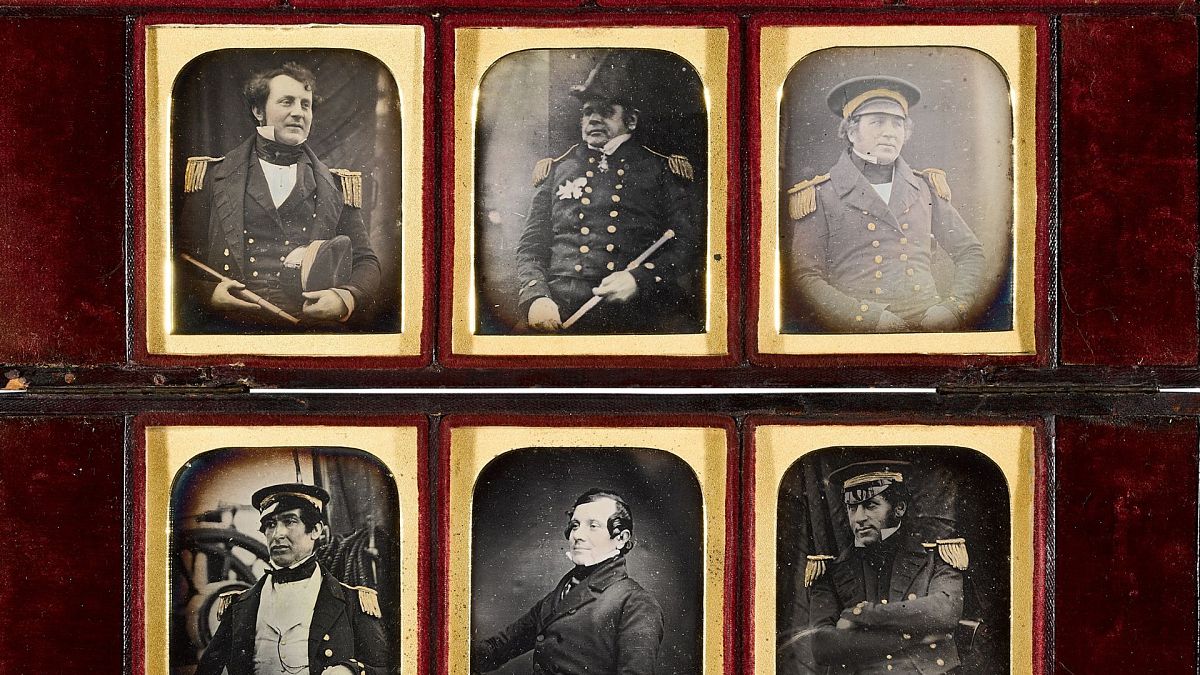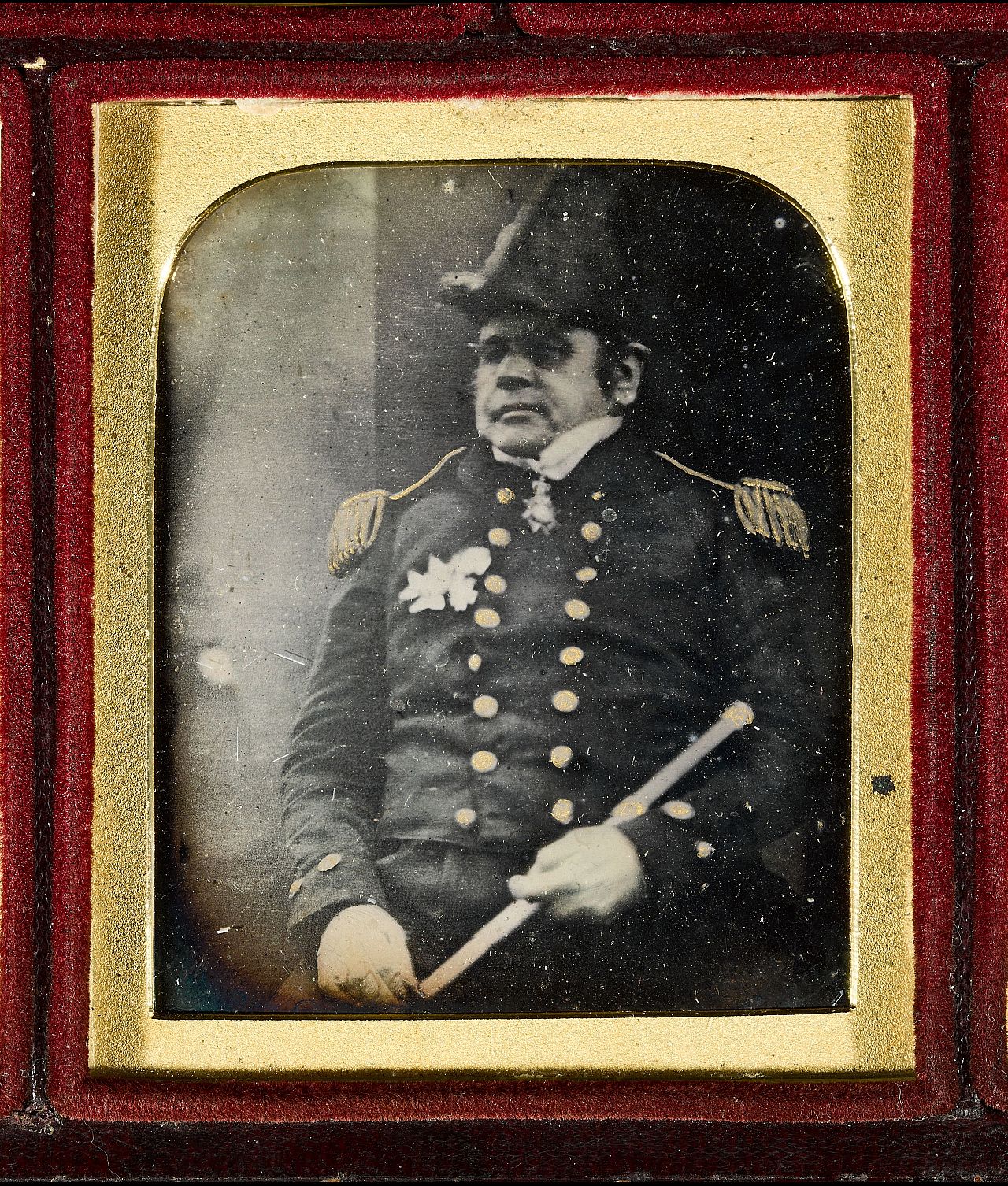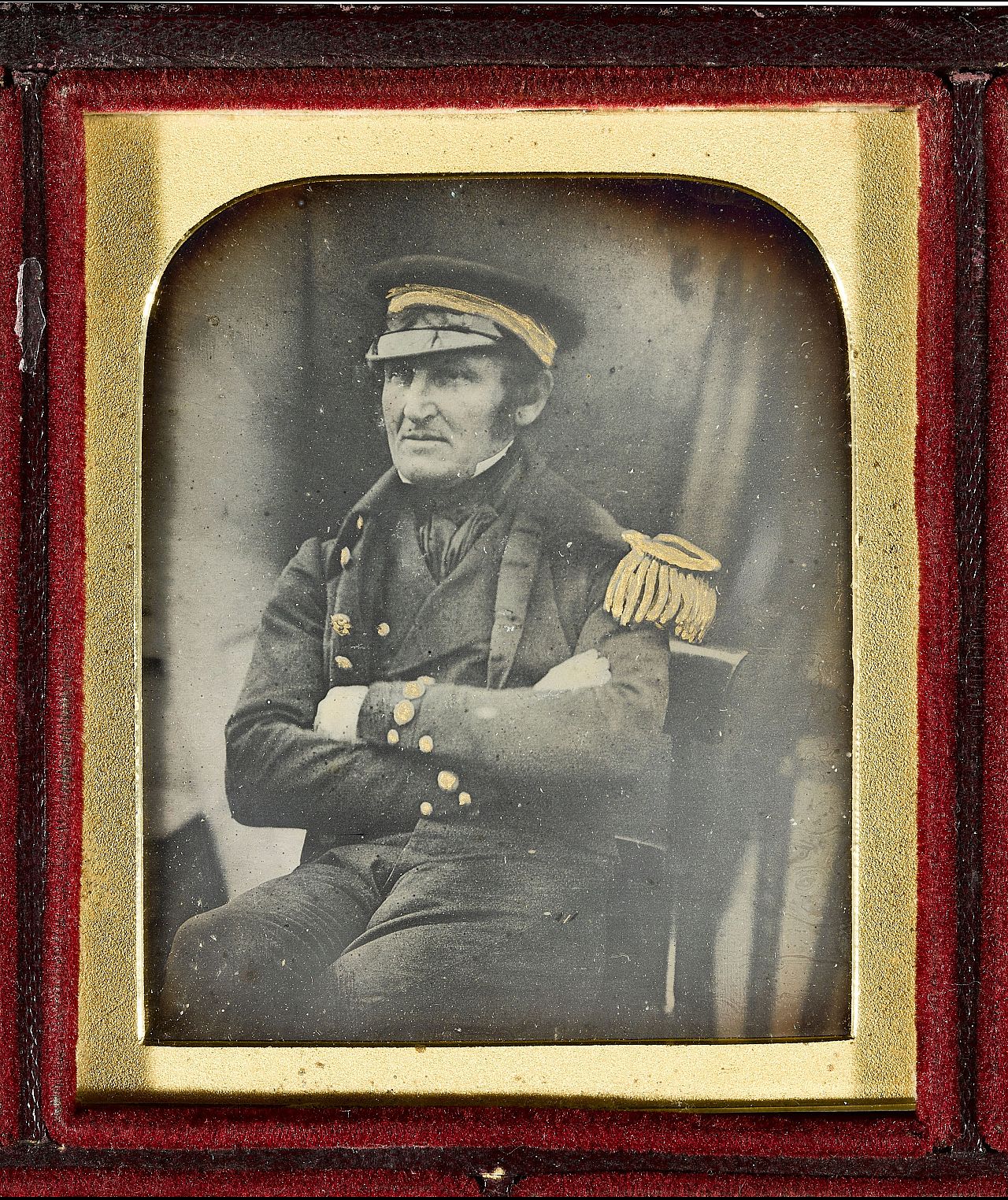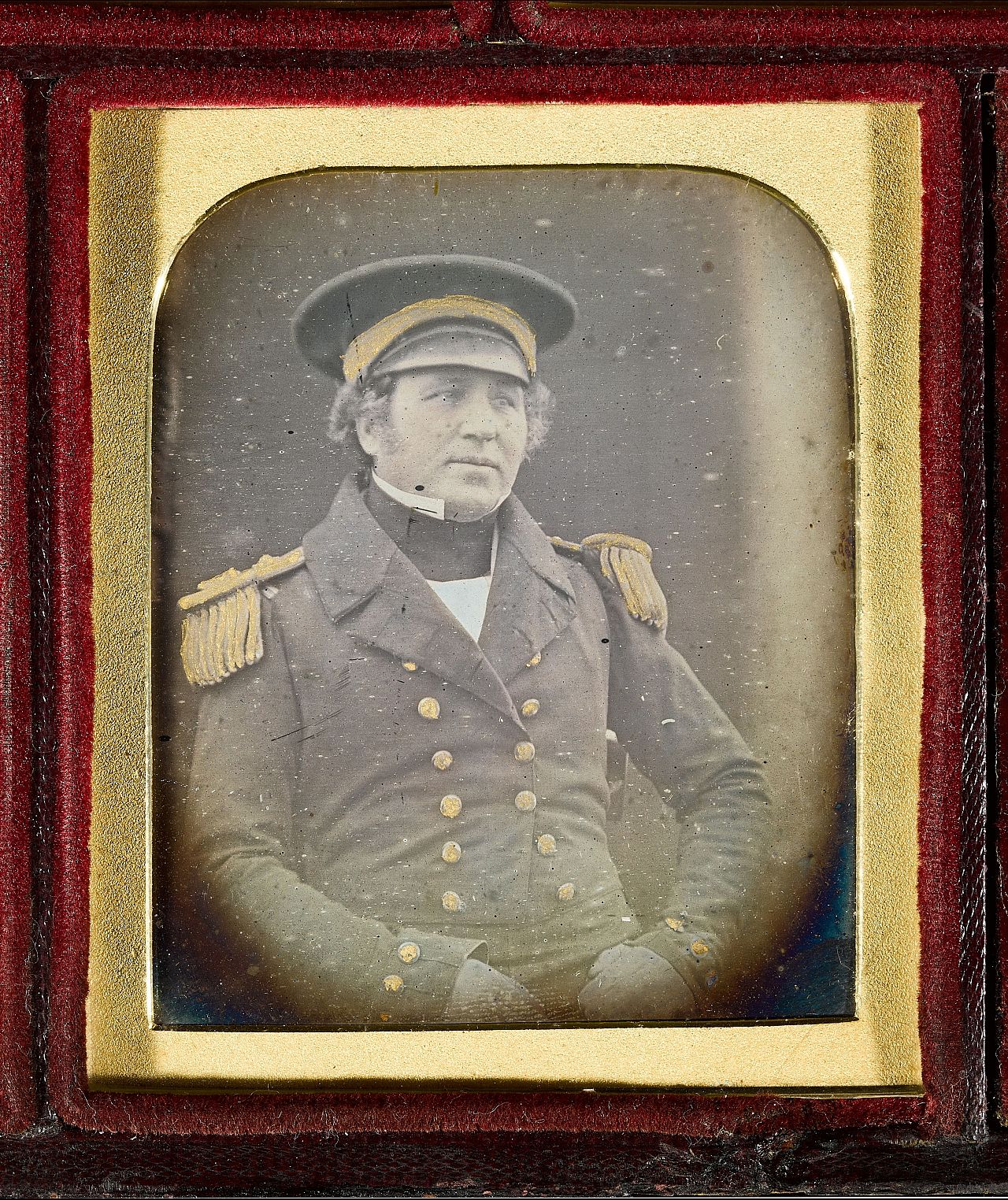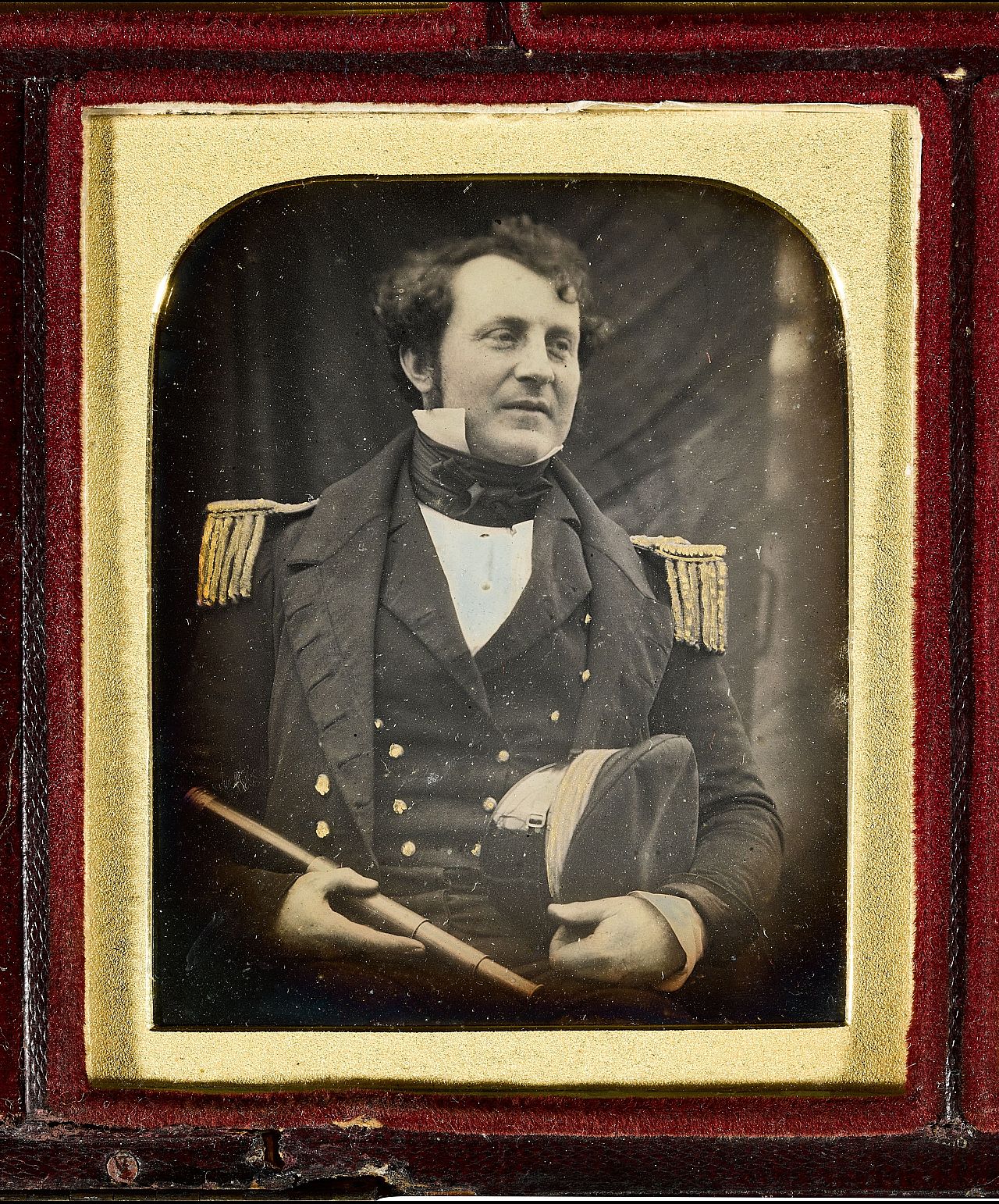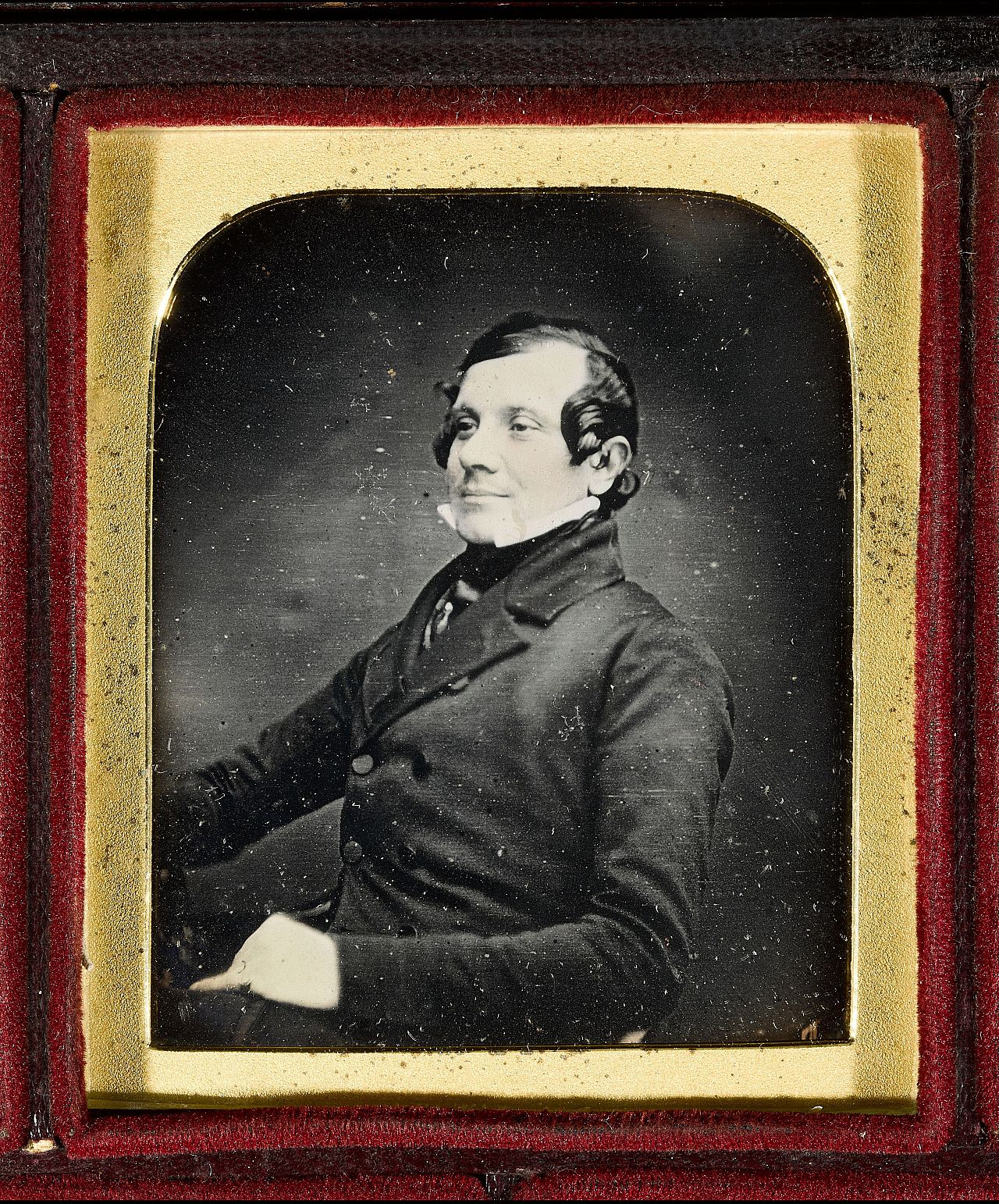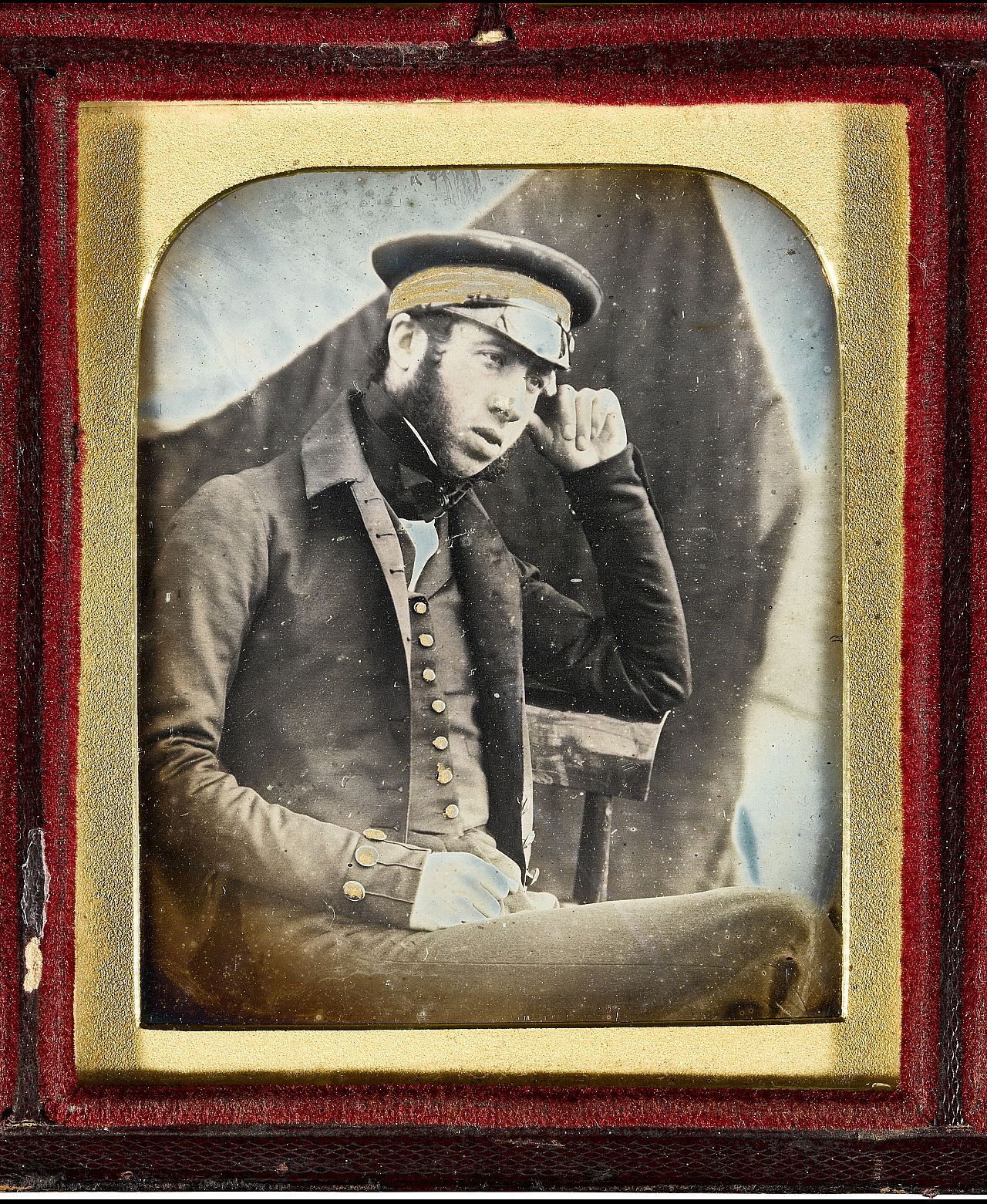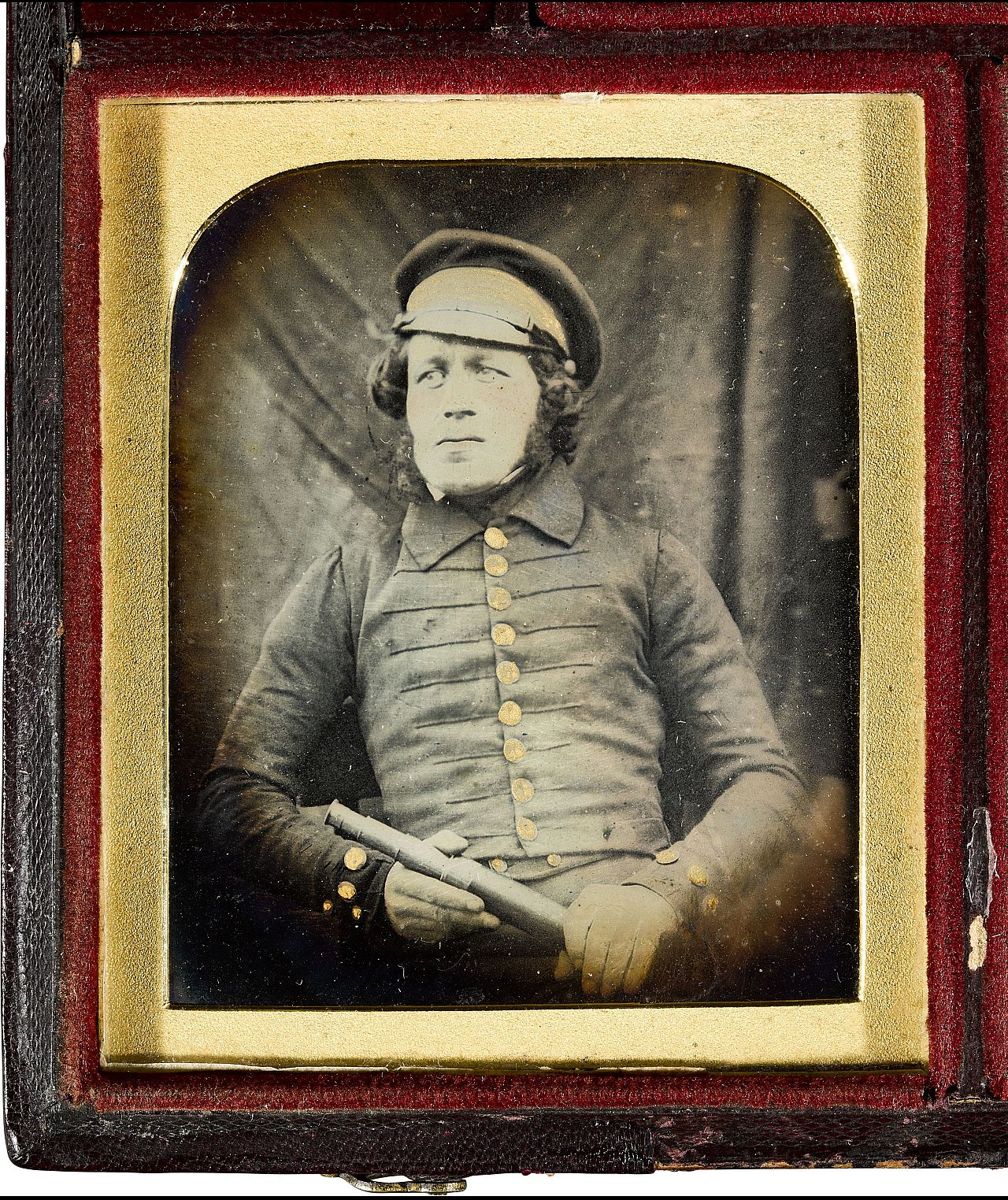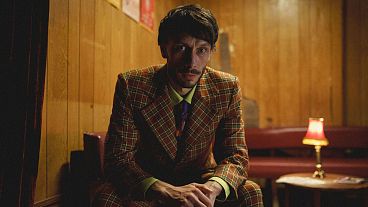Lost Arctic expedition's faces revealed: Rare portraits of Franklin's ill-fated crew up for auction
A haunting set of portraits being sold at Sotheby's offer a fascinating glimpse into a tragic chapter of Arctic exploration history.
A unique collection of 14 stunning photographs taken aboard the ill-fated Her Majesty's Ship, the Erebus, are going under the hammer at Sotheby's in London.
These three-quarter length daguerreotype portraits were taken on 15-17 May 1845, a mere three days before Sir John Franklin embarked on a fateful journey through the Northwest Passage, accompanied by 129 others who would never return.
Tragically, the expedition consisting of the HMS Erebus and HMS Terror was met with disaster after the two ships became icebound, under circumstances still not fully understood to this day.
The portraits, hailing from the dawn of photography, are the first and last of Franklin and his crew, and shed light on the human aspect of this enigmatic expedition.
Housed in a grand book-form morocco case adorned with opulent gold shell embellishments, the collection is expected to fetch between €175,000 - €234,000 (£150,000 and £200,000) at auction.
The sale opens online starting from 7 September 2023, with in-person viewings running from 15-19 September.
Below is a selection of images from this remarkable collection, accompanied by descriptions that illuminate the stories and individuals captured within each frame.
